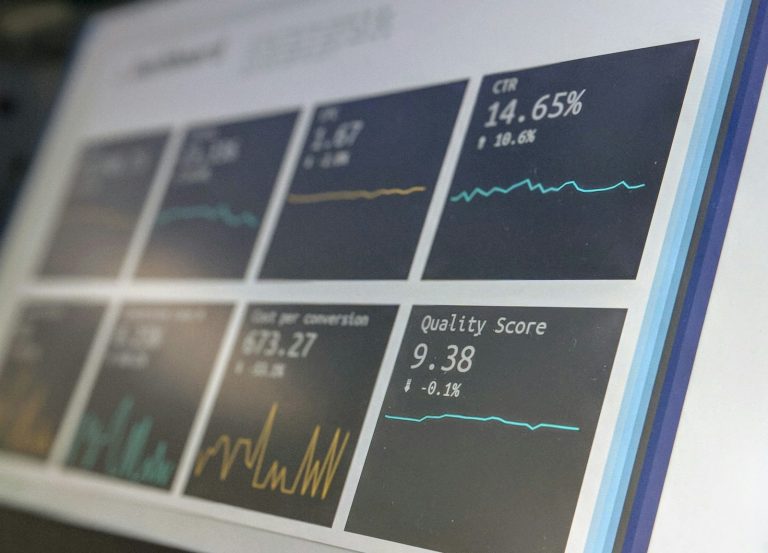The Importance of Data Reconciliation in Medical Billing
Medical billing is the backbone of any healthcare practice, ensuring that services rendered are accurately billed and appropriately reimbursed. However, discrepancies between an Electronic Medical Records (EMR) system and accounting software can result in financial inconsistencies, revenue loss, and compliance risks. Implementing a structured approach to EMR reconciliation is essential for maintaining financial accuracy and improving cash flow.
Understanding the Gap Between EMR and Accounting Software
Many healthcare providers assume that their EMR and accounting software communicate seamlessly. In reality, these systems often operate independently, leading to discrepancies in revenue tracking. Common causes of these mismatches include:
- Differences in data entry methods
- Billing errors or missing charges
- Adjustments not reflected in both systems
- Insurance denials or delayed payments
Without a structured reconciliation process, practices risk underbilling, overbilling, or failing to collect revenue entirely.
Enhancing Revenue Integrity Through Reconciliation
By reconciling EMR data with accounting records, healthcare practices can ensure:
- Accurate revenue tracking – Every charge entered in the EMR should align with payments posted in the accounting system.
- Improved claim management – Identifying missing or denied claims helps in timely follow-ups with insurance providers.
- Minimized financial errors – Catching discrepancies early prevents revenue loss and reduces compliance risks.
- Efficient auditing processes – A clear record of reconciled transactions simplifies internal and external audits.
Steps to Implementing an Effective Reconciliation Process
1. Establish a Routine Reconciliation Schedule
To maintain financial accuracy, practices should set a regular schedule for reconciling their EMR and accounting software. Whether performed weekly or monthly, consistent reviews prevent minor errors from escalating into significant financial issues.
2. Cross-Check Patient Charges and Payments
Every service provided should match a corresponding charge in the EMR. Additionally, payments received should be reflected accurately in the accounting system. By cross-verifying these records, practices can identify missing charges, misallocated payments, or outstanding balances.
3. Identify and Resolve Discrepancies
When inconsistencies arise, a structured approach to resolution is key. Investigate missing claims, payment posting errors, or adjustments that were not documented correctly. This step is critical in ensuring accurate revenue cycle management.
4. Leverage Automated Solutions for Accuracy
Manual reconciliation is time-consuming and prone to human error. Many healthcare practices now use automated reconciliation tools that integrate with both EMR and accounting systems. These solutions flag mismatches in real-time, allowing staff to address errors promptly.
5. Train Staff on Reconciliation Best Practices
Ensuring that billing and administrative teams understand reconciliation best practices minimizes future errors. Providing training on proper charge entry, payment posting, and discrepancy resolution enhances efficiency across the revenue cycle.
The Financial and Compliance Benefits of EMR Reconciliation
Inaccurate medical billing can lead to financial strain, legal implications, and damaged patient trust. A well-structured EMR reconciliation process improves:
- Cash flow management – Ensuring all billable services are accounted for reduces lost revenue.
- Compliance adherence – Accurate records protect practices from audit penalties and regulatory fines.
- Operational efficiency – Streamlining reconciliation processes minimizes administrative workload and enhances productivity.
Future-Proofing Your Healthcare Practice
With evolving healthcare regulations and payer requirements, maintaining a structured approach to financial reconciliation is more important than ever. Investing in advanced reconciliation tools and staff training ensures a sustainable, profitable future for medical practices.
Learn more about best practices in EMR reconciliation and how a systematic approach can help your practice maintain financial accuracy and compliance.


0 Comments